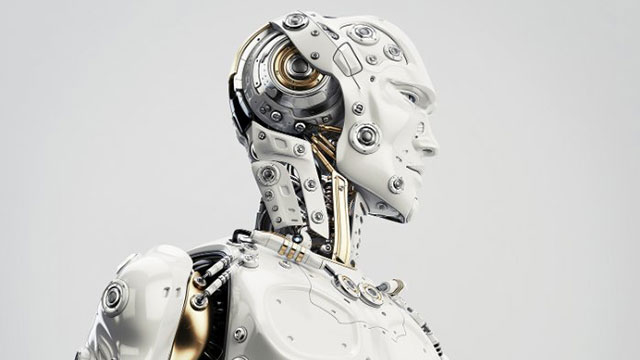Mastering the 4th Industrial Revolution
Category:

UBS published a White Paper for the WEF Annual Meeting 2016 about extreme automation and connectivity: The global, regional, and investment implications of the 4th Industrial Revolution.
See the Executive Summary below and read the UBS White Paper now:
A brief history of industrial revolutions
- Prior industrial revolutions have centered around improvements in automation and connectivity.
- The First Industrial Revolution introduced early automation through machinery, and boosted intra-national connections through the building of bridges and railways.
- The Second Industrial Revolution began when automation enabled mass production and fostered more efficient, productive connectivity via the division of labor.
- The Third Industrial Revolution was propelled by the rise of the digital age, of moresophisticated automation, and of increasing connectivity between and within humanity and the natural world.
- The Fourth Industrial Revolution is being driven by extreme automation and connectivity. A special feature of the Fourth Industrial Revolution will be the wider implementation of artificial intelligence.
What are the potential global economic consequences?
- Polarization of the labor force as low-skill jobs continue to be automated an this trend increasingly spreads to middle-skill jobs. This implies higher potential levels of inequality in the short-run, and a need for labor market flexibility to harness Fourth Industrial Revolution benefits in the long-run.
- Greater returns accruing to those with already-high savings rates. In the short run, this could exacerbate inequality via relatively lower borrowing costs and higher asset valuations.
- As the issuer of the world’s reserve currency, the US’ competitive advantages, sitting at the heart of the Fourth Industrial Revolution, could tighten effective monetary conditions among US dollar-linked economies.
- The Fourth Industrial Revolution increases the magnitude and probability of tail risks related to cybersecurity and geopolitics, but may spur regional action to invest and embrace Fourth Industrial Revolution benefits.
Who will be the regional winners and losers?
- “Flexibility” will be key to success in the Fourth Industrial Revolution; economies with the most flexible labor markets, educational systems, infrastructure, and legal systems are likely to be relative beneficiaries.
- Developed economies are likely to be relative winners at this stage, whereas developing economies face greater challenges as their abundance of low-skill labor ceases to be an advantage and becomes more of a headwind.
- Emerging markets in their demographic prime may find that extreme automation displaces low-skill workers, but that their limited technology infrastructures do not allow them to reap the full benefits of extreme connectivity.
What are the investment consequences?
- Given current assessments of relative competitiveness, emerging markets maybe less well placed to profit from Fourth Industrial Revolution benefits, relative to developed markets.
- We expect further disruption to traditional industries from extreme automation and connectivity.
- Big data beneficiaries include firms that harness big data to cut costs or target sales; firms that automate big data analysis, and firms that keep big data secure.
- Blockchain applications could benefit firms that use them to automate processes securely, to cut out costly intermediaries, and to protect intellectual property.
Latest Posts
Read All Posts-

Microsoft will unveil new Windows and cloud AI features in May | Google Cloud wins major Financial Services deals | Reality check on the $340B Generative AI opportunity in Finance
-

Spot Bitcoin ETFs change the digital asset market | Embedded Finance market to be worth $22bn by 2028 | Ripple to launch U.S. dollar stablecoin
-

Amazon spends $2.75B on AI startup Anthropic | Mastercard, Visa reach $30B settlement over credit card fees | BlackRock's digital fund attracts $245m
Post A Comment